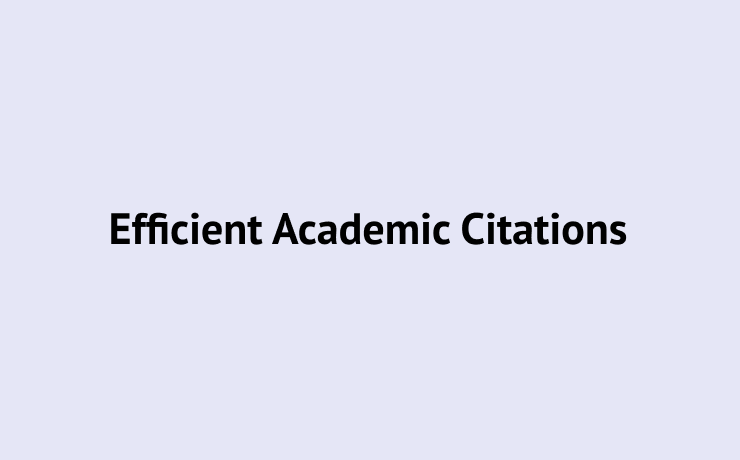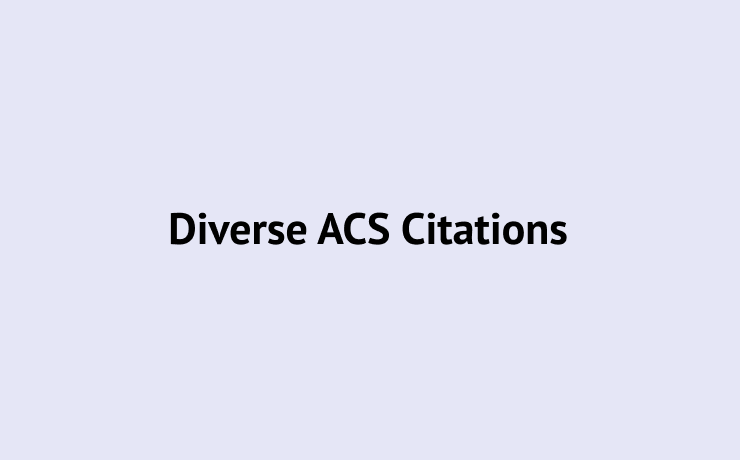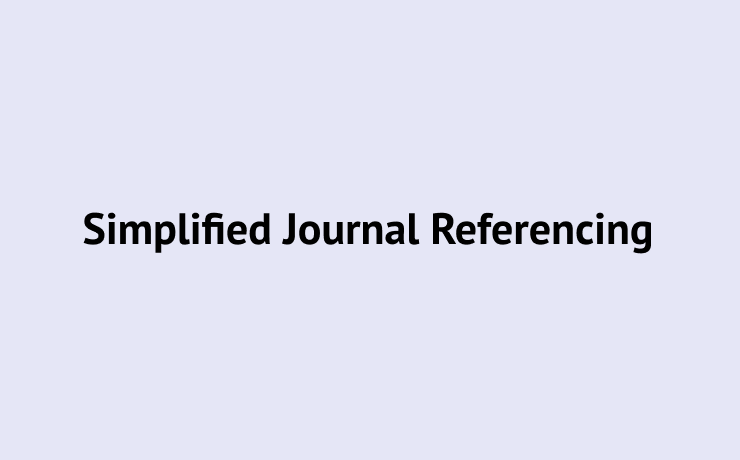Free ACS Citation Generator by AHelp
A Comprehensive Guide to the Main Features of Our ACS Citation Maker

Get correct ACS citations
Ensure your academic efforts are well-received by teachers and professors with proper in-text citations and reference lists. From the authors to the year of publication - our citation generator can create the right citation in seconds.
Cite all sorts of sources
Did you find an interesting theory in the encyclopedia or, perhaps, need to cite a safety data sheet? The AHelp ACS citation generator can handle all sorts of publications, relevant to your paper.
Handle CASSI abbreviations
Don’t get frustrated by endless journal titles and their abbreviations often used in ACS citations. Integrating them into the reference is no longer a problem with our citation generator.Precision and consistency for chemistry research with AHelp's ACS Citation Generator

ACS Citation Generator
The ACS citation style originated to meet the specific needs of the chemistry community. Developed by the American Chemical Society, this citation format is primarily used in chemistry-related academic and scientific publications. ACS style is distinct for its various methods of citation, including in-text citation with superscript numbers or author-date system, and detailed guidelines for referencing a wide range of chemical sources. The format is designed to address the unique aspects of chemical nomenclature and data presentation, which ensures clarity and consistency. ACS is widely adopted in academic journals, research papers, and textbooks within the field of chemistry, making it an essential tool for students and professionals in this scientific discipline.
How to Cite in ACS Style
Most universities offer special ACS style guides that can help you create citations according to the rules. However, it takes a lot of time to make sure every single comma, semicolon, and number is in the right place. If this sounds inconvenient, what is there to say about italics? AHelp ACS citation generator can make your “citation anxiety” go away since it creates proper references even with such complicated styles. There is no need to go through boring manuals; just paste in your information and get the necessary output to make your academic paper shine.
How to Use AHelp Citation Generator for In-Text Citations
In ACS (American Chemical Society) style, there are three ways to cite sources within your text: using superscripts, italicized numbers in parentheses, or the author-date system. When writing a paper, you should choose one of these methods and use it consistently throughout your document. The superscript and italicized numbers in parentheses are often preferred as they are less intrusive and save space. In these methods, sources are numbered sequentially based on their order of appearance in the text. For example, the first source cited is labeled as either 1 or (1), the second as 2 or (2), and so on.
If a source is referenced multiple times in the text, you should always use the number it was first assigned. This means that every subsequent mention of a particular source will have the same citation number.
Creating an ACS Cited Works List
In ACS (American Chemical Society) style, the guidelines for compiling a list of ‘Works Cited’ or ‘References’ at the end of a document are flexible. You should title this section and place it centrally above your list. To ensure clarity and distinguish between different references, you can use formatting techniques like a hanging indent, particularly recommended for the Author-Date method, or indent after the numeral for Superscript and Italic Numbers in Parentheses styles.
Handling CASSI Abbreviations
The Chemical Abstract Service Source Index (CASSI) provides a system for abbreviating scientific journal titles, especially in the field of chemistry. While single-word titles like “Nature” or “Science” aren’t abbreviated, most others are. You can find these abbreviations on the CASSI website.
While there’s a standard format for these abbreviations, some periodicals, particularly those with multiple sections, can be abbreviated in a few different ways. For instance, the full CASSI abbreviation for a section of “Acta Crystallographica” might be “Acta Crystallogr., Sect. C: Cryst. Struct. Commun.” However, shorter forms like “Acta Crystallogr., Sect. C” or “Acta Crystallogr. C61” are also acceptable. When citing sources, include as much information as available, such as volume and page numbers, but stay away from elements like URLs for print sources. If certain details aren’t provided in the source, they can simply be left out.
